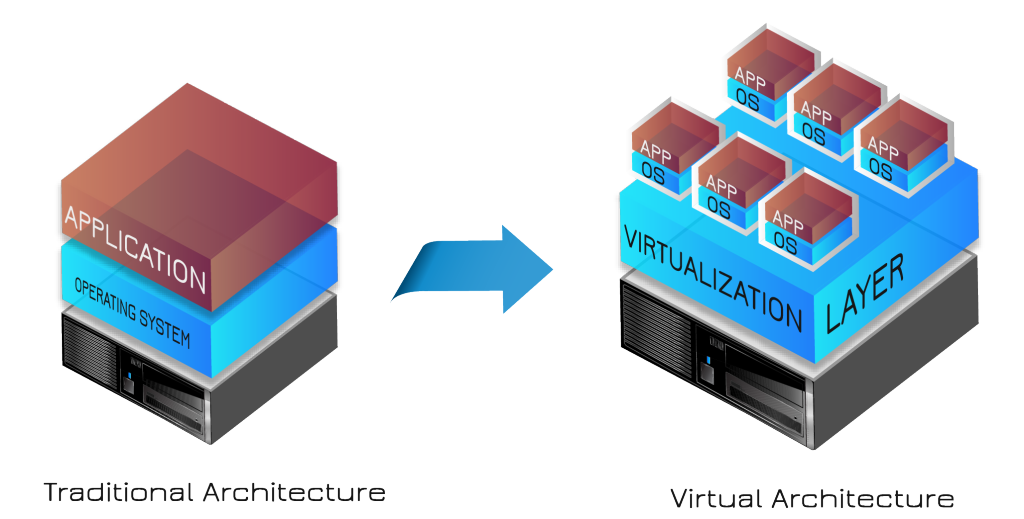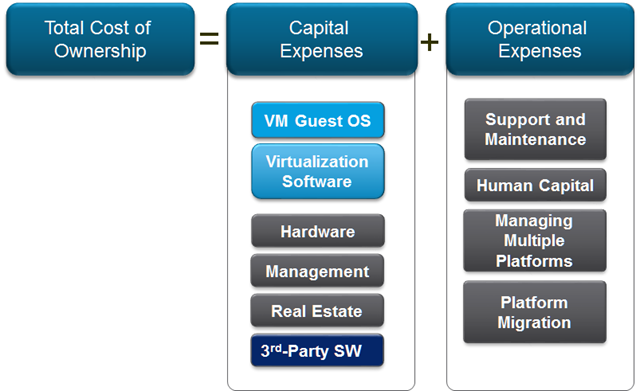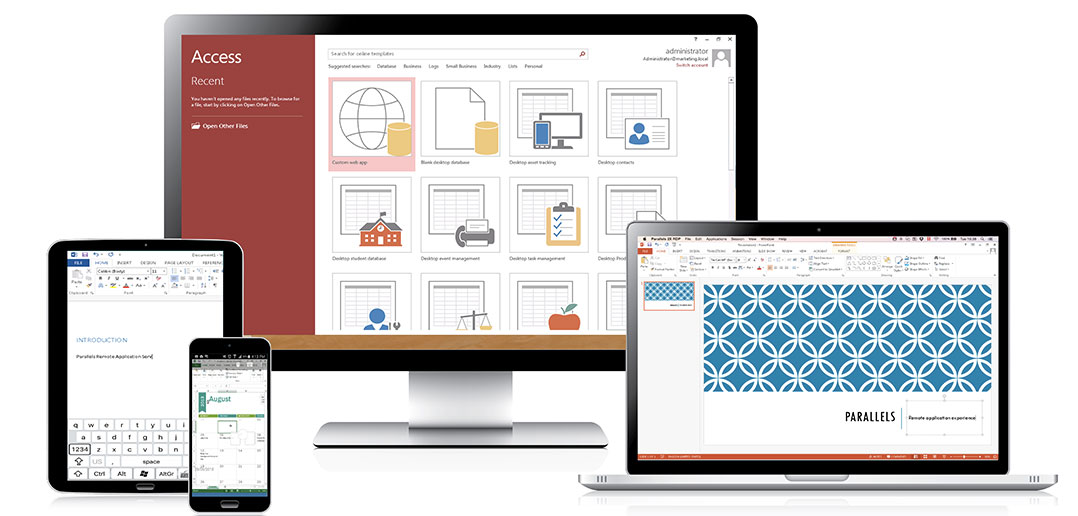IT managers are finding tremendous advantages in pressing the button for one comprehensive solution to implement application virtualization rather than go for a patchwork of different software applications. The Remote Application Server product from Parallels is one of the leading products in this space that you could consider for your needs.
Solutions such as this have the ability to simplify all your IT management-related needs and reduce your IT costs. VMware, Parallels RAS, and Citrix XenDesktop are some of the leading providers for virtualization solutions in the market. Parallels RAS, however, has a clear edge over the other two solutions due to greater ease of use and lower licensing costs.
[tg_youtube video_id=”84hWyj8eH30″]
Reducing IT costs
Cloud computing and virtualization are a key driver for reducing IT costs. There are several ways in which cloud computing helps to reduce IT costs and boost revenue:
- The ability to rent infrastructure monthly for a relatively low fee on a shared basis and start services with virtually zero capital costs.
- The ability to shut down and switch over services at low costs.
- IT teams need not focus on maintaining infrastructure and can instead focus on innovation and developing newer value-added services.
- The ability to support rapid growth in revenue and profitability by providing a platform that supports an easily scalable model for providing storage, collaboration, office suites, messaging, and other business apps to both employees and customers.
- Improved employee mobility giving businesses opportunities for indirect revenue and profitability gains.

In a similar manner, virtualization technology also delivers real dollar savings in IT costs and helps to boost revenue in several ways:
- Leads to savings in energy consumption and associated costs by permitting more streamlined use of hardware resources.
- Reduced capital costs on hardware due to efficient and optimized use of hardware resources, which leads to a reduced need for hardware relative to the requirement. Enormously increased utilizations for servers reaching even the 60 percent to 80 percent range, versus the general 5 percent to 15 percent range seen in nonvirtualized environments.
- Faster testing of critical updates and patches, thus saving you dollars on testing efforts.
- Significant reduction in recovery time after unplanned downtime, giving your business the ability to quickly bounce back into revenue-earning territory.
- The ability to have new applications provisioned in a few minutes as opposed to a few weeks. Wow, you thought those Taco Bell employees were fast when they made that Taco Supreme for you in about 35 seconds!

Considerations related to licensing costs
It is a given that virtualization is a legitimate option to reduce IT costs and optimize the usage of IT resources. Even so, the licensing costs of solutions such as Citrix and VMware are very high, which poses a significant barrier for adoption.
Given the fact that most small and medium-sized enterprises are capital constrained, what invariably happens is that they have to spend a considerable amount of time going through the fine details of the various offerings in order to choose the package that can provide all the features required for the lowest possible subscription price.
The licensing options for solutions like Citrix and VMware are too complicated for many entities to understand and implement efficiently.
First of all, the IT teams that are looking to use these solutions are required to select a particular edition and obtain licenses for all the software components that are part of that edition. To set up a virtual desktop environment, admins typically need to install some additional components for activities such as device redirection during printing and load balancing.
Also, the process for generating licenses and adding new users with these solutions is quite time-consuming. Parallels RAS, in contrast, offers all the necessary features in one package with a licensing model that is easy to interpret and tap accordingly. In fact, according to our calculations, the RAS solution from Parallels can help to reduce licensing costs by as much as 60 percent, while offering virtually the same level of functionality as other competing solutions. And they do not have to cheat like the New England Patriots do every year in the NFL to achieve this!
Complexity of installation and configuration
Complexity of installation and configuration is an aspect that is often ignored with regards to installation costs. Many virtualization solutions have installation and configuration processes that are extremely complex and can even span several weeks or months.
During this time, you would need to incur heavy costs on account of being billed by certified, highly skilled professionals employed by the solution provider. These professionals have the highest billing rates in the industry for a reason. It requires a serious amount of knowledge, skills, and experience to be able to correctly configure and install the multiple components of the sprawling virtualization sets.
In contrast, the Parallels RAS solution is extremely easy to install and deploy. With just a basic installation wizard, admins can set up the solution to operate properly within a span of a few minutes. The tool being easy to use, you are able to greatly reduce installation expenses and thus IT costs. Additionally, owing to the fact that organization-level productivity also increases, you are able to obtain further reductions in IT systems operational costs.
Advantages of using thin clients

There is one critical aspect related to the option that IT administrators have with regards to making a choice between full-blown solutions like VMware and Citrix vs. Microsoft RDS. One significant disadvantage with using Microsoft RDS is that non-Windows devices are only provided limited functionality. In such a scenario, IT administrators are required to have third-party tools installed to have these specific devices supported.
Parallels RAS differentiates itself in this regard by being able to support a variety of devices including Android, iOS, Linux, Mac, Raspberry Pi (no you do not need any whip cream with this pie!), and Chromebook. When you are using Parallels RAS, your IT network can support virtually any thin client that exists. This gives you tremendous savings by avoiding costs on installing third-party tools.
Also, Parallels’ support for low-cost devices means that you have an even greater opportunity to reduce both capital and operational costs on your IT systems.
And Parallels’ support for major hypervisors means that admins can easily take a measured approach to integrating existing infrastructure. This allows you to make use of legacy infrastructure in a manner that you can make decisions on decommissioning in a deliberate fashion without being forced into it. This also gives you an avenue to spread out your IT costs and get more return for your invested IT dollars.



